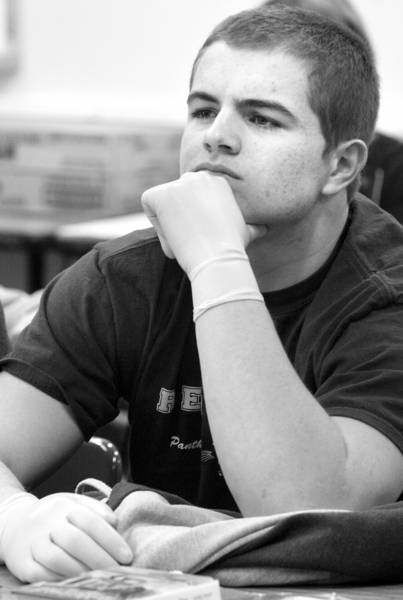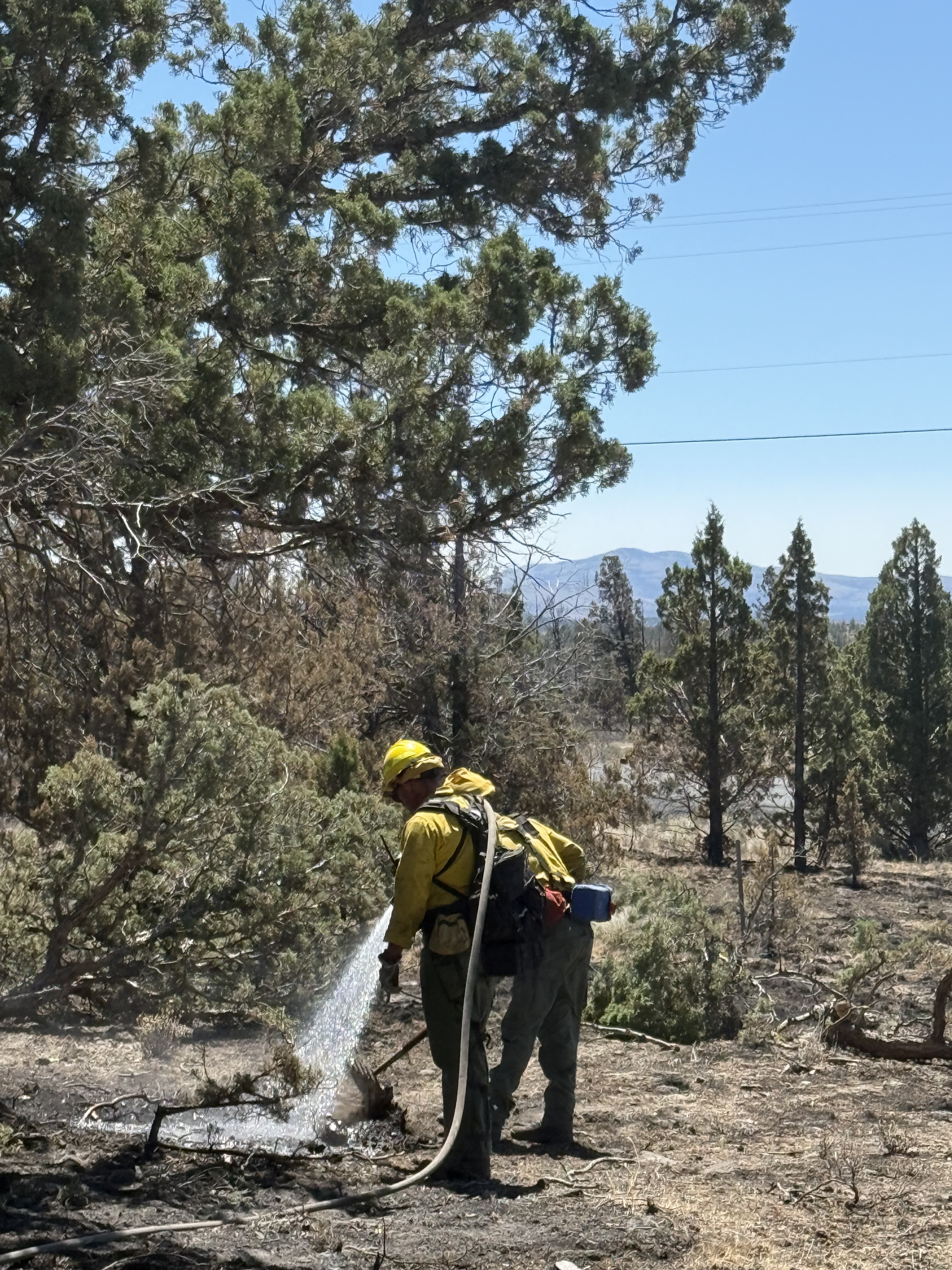Understanding the criminal justice system
Published 4:00 am Wednesday, February 8, 2006

- Redmond High School junior Jake Klein, 17, wears latex gloves for a fingerprinting exercise Monday morning during the Introduction to Criminal Justice class at the school.
REDMOND – As the rest of Redmond High School spent Monday morning unaware, a large classroom was dusted for fingerprints.
The results were captivating.
Trending
”Sick!” exclaimed one student as he peeled a piece of tape off a coffee mug, taking with it a fingerprint of his teacher, school resource officer Craig Unger.
At several stations around the room, heads hunched over spreads of newspaper.
Brows furrowed as the dozens of students in Introduction to Criminal Justice applied black powder with light fluffy brushes in just the right circular motion to scraps of paper and other objects.
Normally, lessons in this class aren’t quite so lively. But students said even lectures on the criminal justice system are more interesting than most other classes.
”This class let’s me know what (criminals) are thinking, so I can think of it first,” said JD Wilson, who hopes to pursue a career as a Navy Seal.
The class, which is in its fourth year, is offered through Central Oregon Community College and provides students with three college credits, Unger said.
Trending
The credits aren’t really why kids sign up for the class, though, students said – it’s preparation for the future.
Unger has seen several of his students go on to law enforcement careers and rows of this class are packed with students hoping to follow in their footsteps.
At least two of the six girls in the class said they plan to become police officers.
One, Meloni Morrison, a 17-year-old junior, is already taking the first of several cadet classes through the Bend Police Department.
The petite teenager said Unger’s class and her lessons as a cadet are preparing her for that job.
”They’re teaching me that you have to have a loud voice, be assertive and forward, and ask a lot of questions like you are trying to solve a puzzle,” she said.
Morrison said being a police officer is exciting because you have the knowledge that ”you’re taking someone down” who deserves it, she said.
The thrill of taking bad guys down has others in the class hooked, too.
”I like the adrenaline rush,” said Brandon Bunnell, a 17-year-old junior who hopes to some day work on a SWAT team.
Before taking Unger’s class, he thought being a SWAT team member was as easy as signing up. Now, he knows it will take many years of work as a patrol officer.
For Thomas Meyers, the law enforcement focus of the class has provided a window into what it could be like to work as a prosecuting attorney, a job he hopes to pursue in college.
”If you understand the criminal enforcement process, you’re going to understand the criminal justice process,” said Meyers, a 16-year-old junior.
Personal reasons for taking the class vary more widely than career goals, though. Some are taking the class simply to learn more about their rights.
”I want to know more about the rights I have, so I don’t get taken advantage of,” said Mike Shatka, a 17-year-old senior.
Unger said providing information on the criminal justice system is something of a balancing act considering the various motivations of his students.
”Some people thought this was going to be a class about how to be a better bad guy,” Unger said. ”Some of these kids will be a little more adept (at dealing with law enforcement).”
No matter what the students’ motivations, Unger’s class provides a break from the norm and a chance to hear and think about real life outside of high school.
Interspersed with quick notes on fingerprinting laws are anecdotes about local crime scenes.
”He tells us what really happens,” said Katie Graeve, a 17-year-old junior. ”It’s a cool class.”








